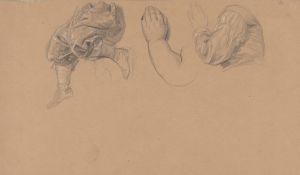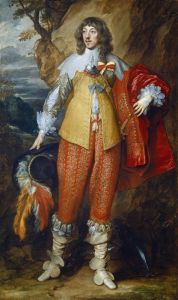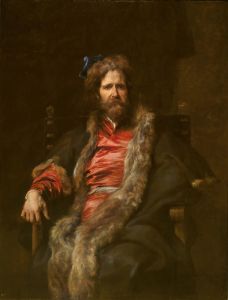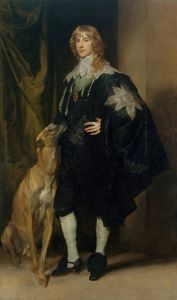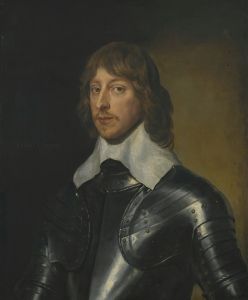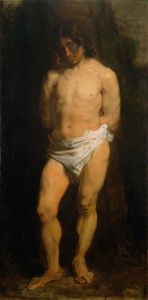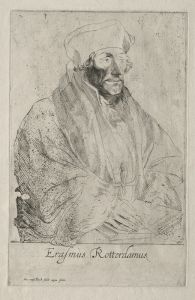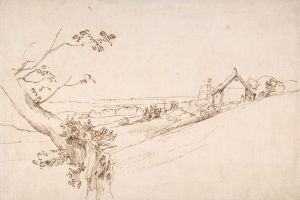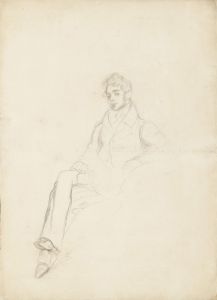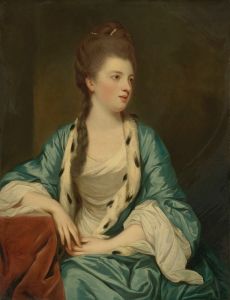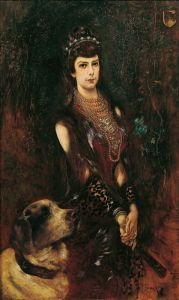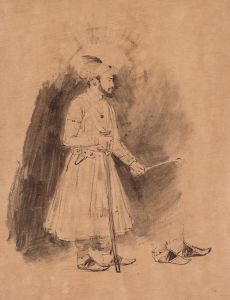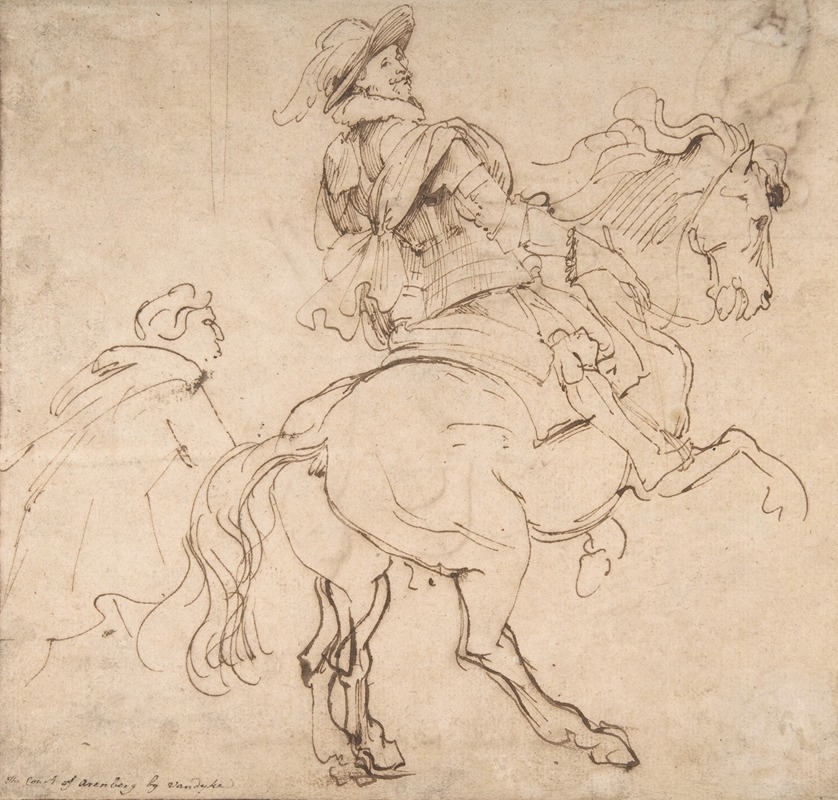
Study for an Equestrian Portrait, Possibly that of Albert de Ligne, Count of Arenberg
A hand-painted replica of Anthony van Dyck’s masterpiece Study for an Equestrian Portrait, Possibly that of Albert de Ligne, Count of Arenberg, meticulously crafted by professional artists to capture the true essence of the original. Each piece is created with museum-quality canvas and rare mineral pigments, carefully painted by experienced artists with delicate brushstrokes and rich, layered colors to perfectly recreate the texture of the original artwork. Unlike machine-printed reproductions, this hand-painted version brings the painting to life, infused with the artist’s emotions and skill in every stroke. Whether for personal collection or home decoration, it instantly elevates the artistic atmosphere of any space.
Anthony van Dyck, a prominent Flemish Baroque artist, is renowned for his portraits, which often capture the elegance and stature of his subjects. One of his works, "Study for an Equestrian Portrait, Possibly that of Albert de Ligne, Count of Arenberg," exemplifies his skill in portraying nobility and the equestrian tradition that was popular among the aristocracy of the time.
This particular study is believed to be a preparatory work for a larger equestrian portrait, a format that was highly esteemed in the 17th century for its ability to convey power and prestige. Van Dyck, who was a court painter for King Charles I of England, had a profound understanding of how to depict his subjects in a manner that emphasized their social standing and authority. His equestrian portraits are characterized by their dynamic compositions and the graceful depiction of both the rider and the horse.
The subject of this study is thought to be Albert de Ligne, Count of Arenberg, a member of the influential House of Arenberg. The Arenberg family was one of the most prominent noble families in the Spanish Netherlands, and their status would have made them ideal subjects for van Dyck's portraiture. However, it is important to note that the identification of the subject as Albert de Ligne is not definitively confirmed, and the attribution remains a possibility rather than a certainty.
Van Dyck's technique in this study reflects his mastery of capturing the interplay between light and shadow, as well as his ability to render textures with remarkable detail. The study likely served as a preliminary exploration of composition, posture, and the relationship between the figure and the horse. Such studies were common practice for van Dyck, allowing him to experiment with different elements before committing to the final composition on a larger canvas.
The equestrian portrait as a genre has its roots in the Renaissance and was popularized by artists such as Titian and Rubens, the latter of whom was van Dyck's mentor. These portraits were not only artistic endeavors but also served as political statements, symbolizing the power and control of the rider over both the horse and, metaphorically, over their domain.
Van Dyck's influence extended beyond his lifetime, impacting portraiture in England and across Europe. His approach to equestrian portraits, with their emphasis on elegance and authority, set a standard for subsequent generations of artists. While the "Study for an Equestrian Portrait, Possibly that of Albert de Ligne, Count of Arenberg" may not be as widely recognized as some of his completed works, it nonetheless provides insight into his artistic process and the cultural context of the time.
In summary, this study by Anthony van Dyck is a testament to his skill in portraiture and his ability to convey the grandeur of his subjects. Although the exact identity of the subject remains uncertain, the work continues to be appreciated for its artistic merit and its reflection of the traditions of equestrian portraiture in the Baroque period.





